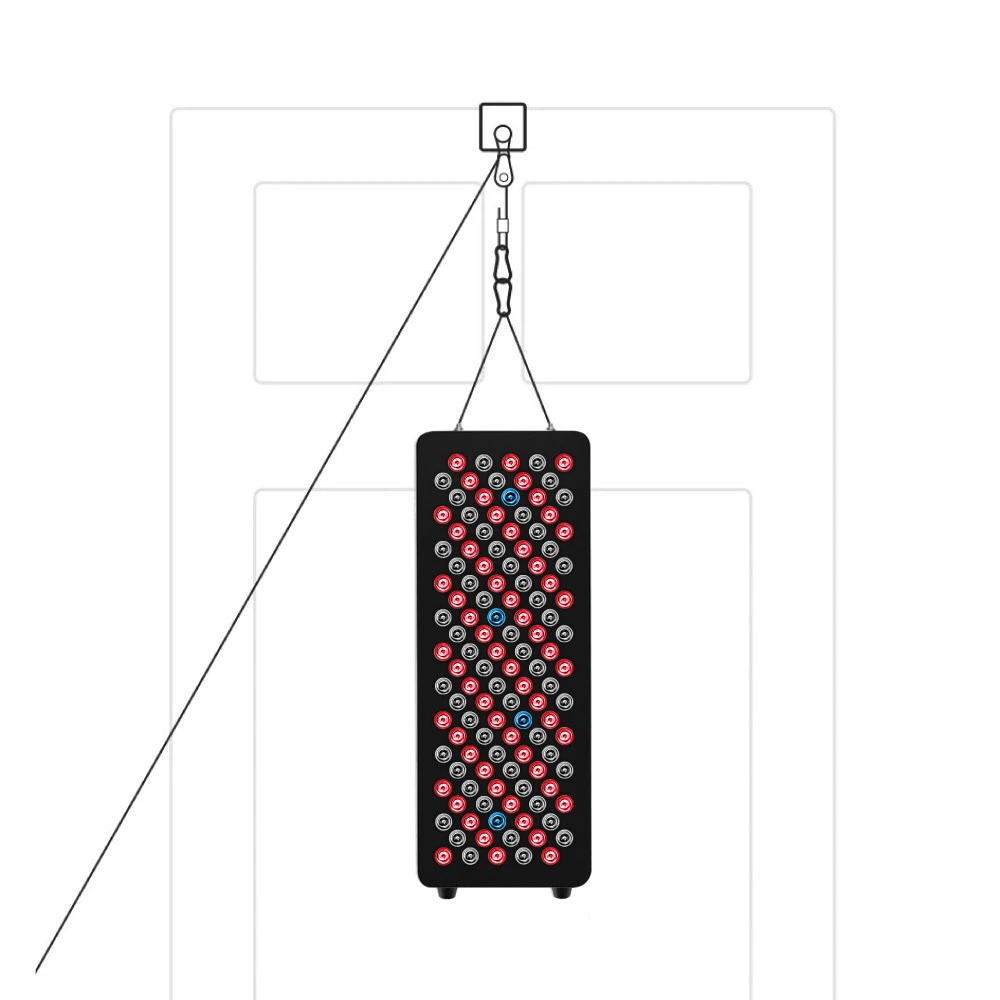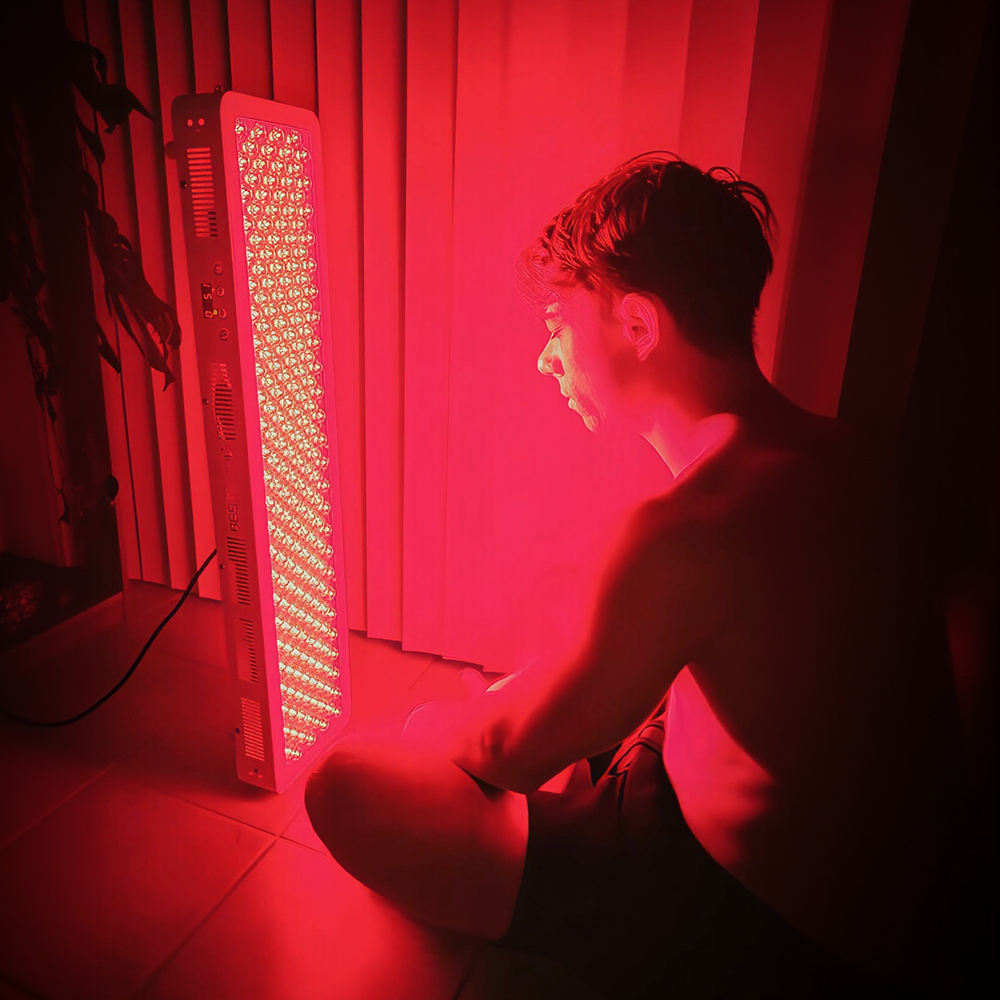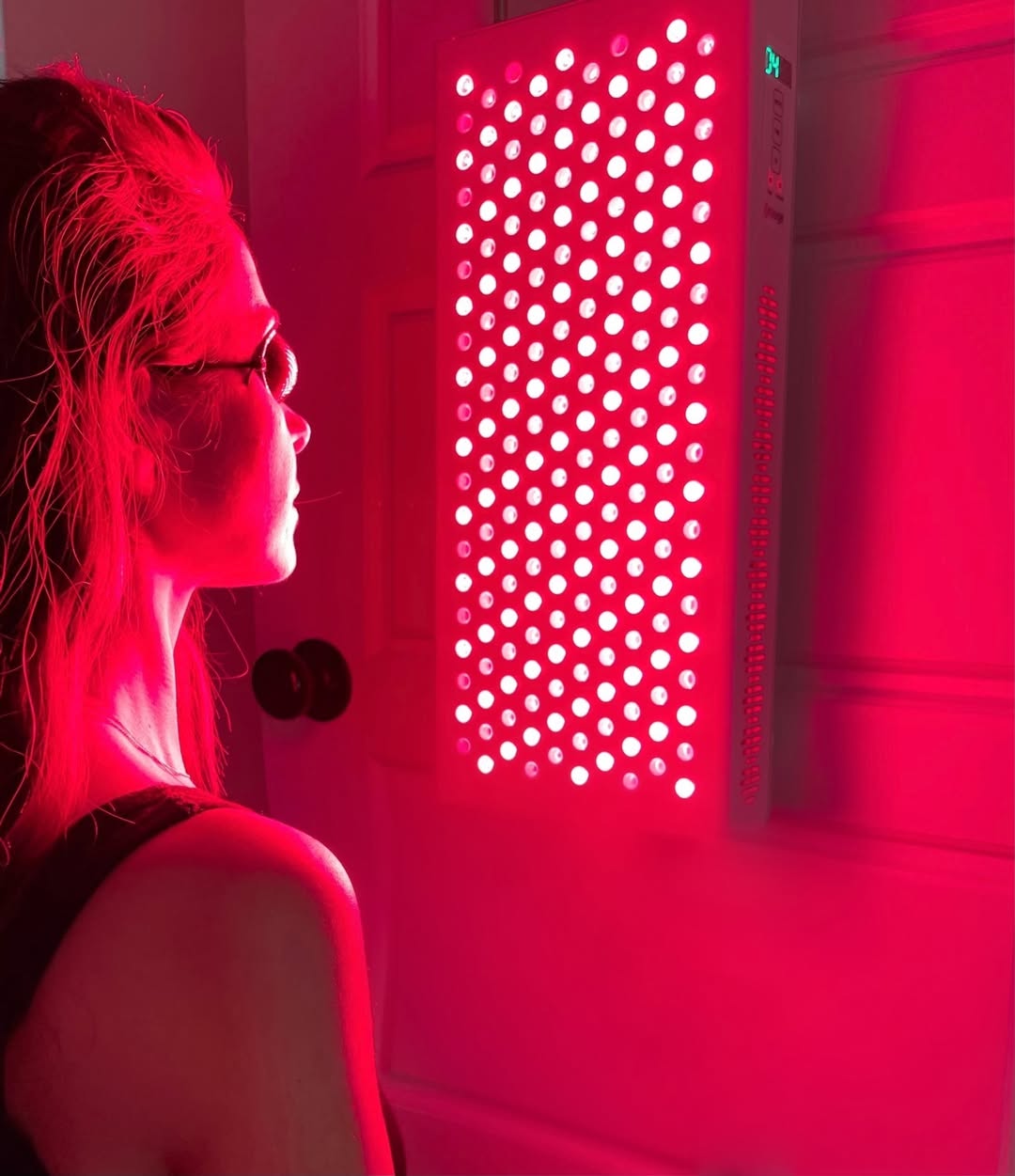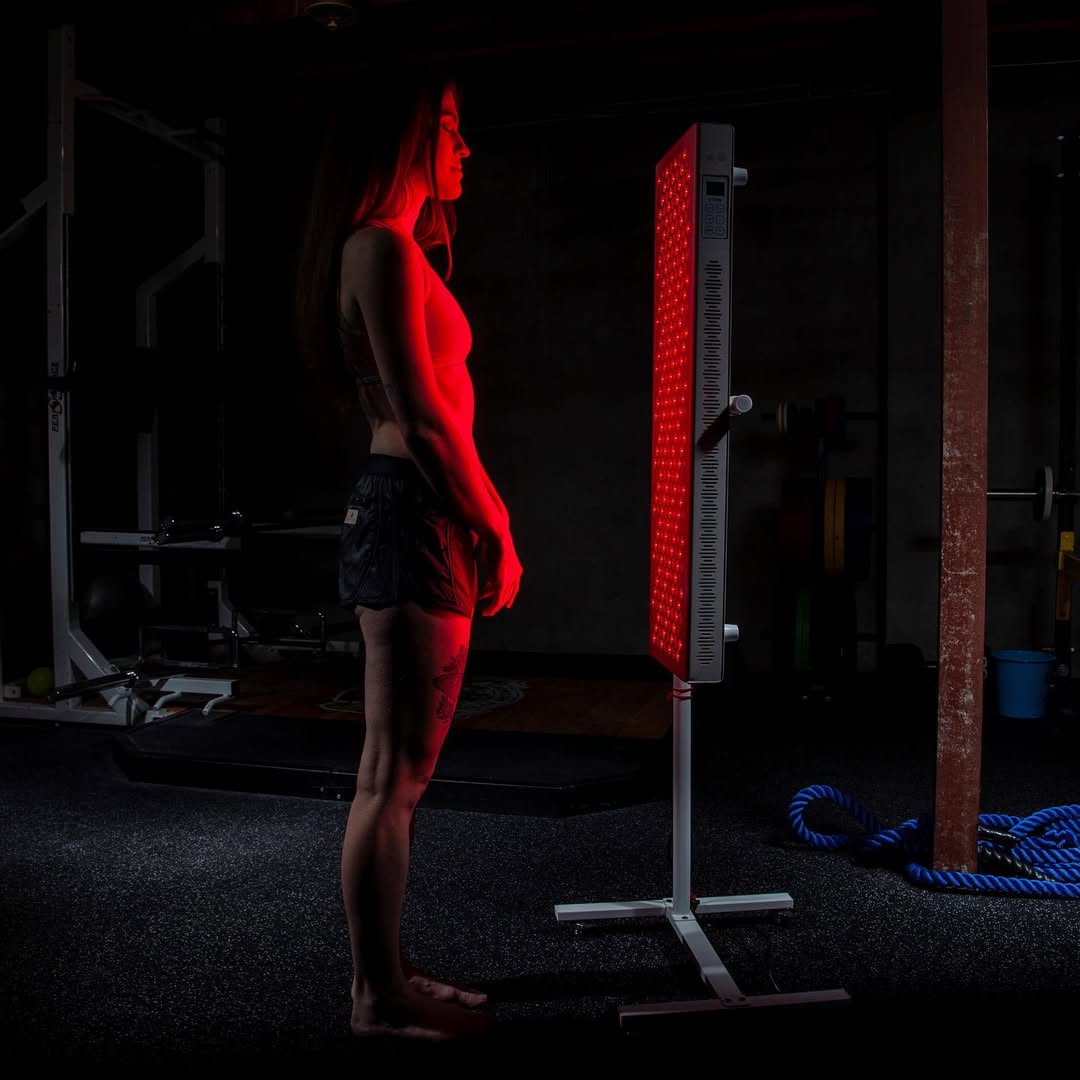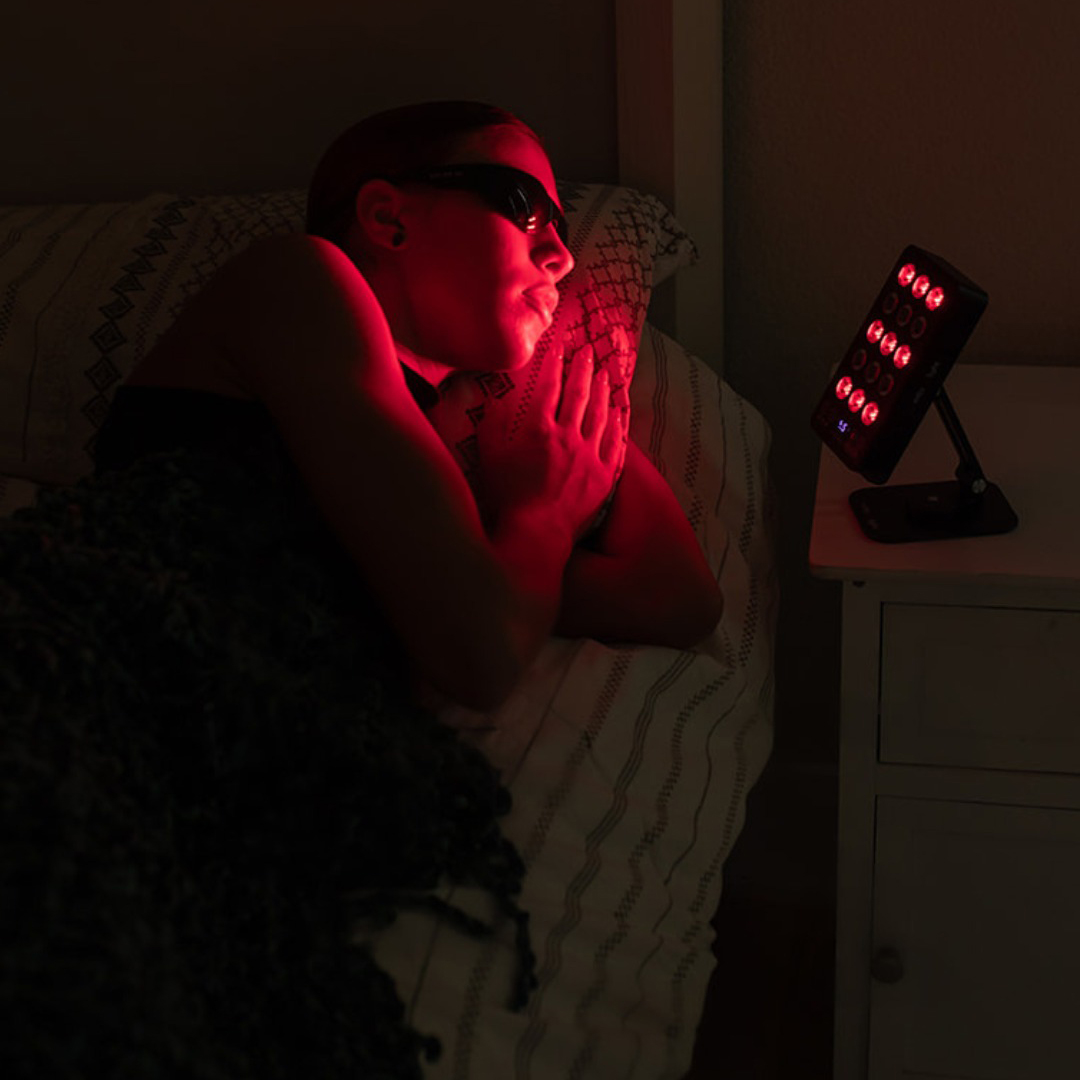![]() Free Shipping
Free Shipping ![]() Buy Now, Pay Later
Buy Now, Pay Later ![]() Eligible
Eligible
Red Light Therapy for COPD: A Ray of Hope for Lung Health?

Chronic Obstructive Pulmonary Disease (COPD) is a progressive lung condition that makes breathing difficult, affecting millions worldwide. While traditional treatments like inhalers, steroids, and oxygen therapy are the cornerstone of management, many patients seek complementary therapies to improve their quality of life.
One such emerging modality is Red Light Therapy (RLT), also known as photobiomodulation (PBM). This non-invasive treatment uses low-wavelength red and near-infrared light to stimulate cellular function. But can light truly make a difference for a complex condition like COPD? This article delves into the science, evidence, and expert opinions to separate fact from fiction.
What is Red Light Therapy? Understanding the Mechanism
Red Light Therapy involves exposing the skin and underlying tissues to specific wavelengths of light, typically in the 600-850 nanometer (nm) range. Unlike ultraviolet light, which can damage skin, RLT is safe and does not generate heat.
The primary mechanism is believed to be its effect on the mitochondria—the “powerhouses” of our cells. The key molecule is cytochrome c oxidase, a protein in the mitochondrial respiratory chain.
- The Process: Red and near-infrared light photons are absorbed by cytochrome c oxidase.
- The Effect: This absorption boosts the production of adenosine triphosphate (ATP), the fundamental energy currency of the cell.
- The Outcome: With more energy, cells can function more efficiently, repair themselves, and reduce oxidative stress—a key player in COPD’s progression.
The Scientific Link: How Could RLT Help COPD Patients?
COPD is characterized by chronic inflammation, oxidative stress, and damaged lung tissue. The theoretical benefits of RLT for COPD stem from its ability to counteract these core issues.
1. Reducing Systemic Inflammation
COPD involves persistent inflammation in the airways and throughout the body. RLT has been shown in numerous studies to have potent anti-inflammatory effects by modulating cytokines (inflammatory signaling proteins). By calming this inflammation, RLT could potentially reduce flare-ups and disease progression.
2. Combating Oxidative Stress
An imbalance between free radicals and antioxidants (oxidative stress) is a major driver of lung tissue damage in COPD. RLT appears to enhance the body’s own antioxidant defenses, helping to neutralize harmful free radicals and protect delicate lung cells.
3. Improving Mitochondrial Function in Muscle Tissue
Many COPD patients suffer from muscle wasting and fatigue due to poor oxygen exchange. Since RLT boosts ATP production in muscle cells, it could help improve exercise tolerance, reduce breathlessness, and enhance overall physical function.
4. Enhancing Blood Circulation
Near-infrared light can stimulate the formation of new capillaries (angiogenesis) and improve blood flow. Better circulation means more oxygen and nutrients are delivered to tissues, which is crucial for patients with compromised lung function.
What Does the Research Say? Examining the Evidence
While the field is still young, preliminary research is promising. Most studies are small-scale, but they point toward potential benefits.
- A 2017 pilot study published in the International Journal of Chronic Obstructive Pulmonary Disease found that patients with COPD who received near-infrared therapy to their chest and muscles showed significant improvements in functional capacity, dyspnea (breathlessness), and quality of life compared to a sham treatment group.
- Research on other inflammatory conditions, such as arthritis and tendonitis, strongly supports RLT’s anti-inflammatory and healing effects, providing a rationale for its application in COPD.
Dr. Michael Hamblin, a leading photomedicine researcher and former associate professor at Harvard Medical School, states: “Photobiomodulation has a profound effect on immune cells, shifting them from a pro-inflammatory to an anti-inflammatory state. This is highly relevant for chronic inflammatory diseases like COPD, where modulating the immune response could provide significant symptomatic relief.”
However, experts caution that larger, more robust clinical trials are needed before RLT can be considered a standard treatment.
VELLGUS Elite V2
THE #1 RATED RED LIGHT DEVICE
VELLGUS pro V2
THE #1 RATED FULL BODY RED LIGHT DEVICE
Red Light Therapy vs. Traditional COPD Treatments
It is critical to understand that Red Light Therapy is not a replacement for standard COPD care. Instead, it should be viewed as a complementary or adjunctive therapy.
The table below illustrates how RLT compares to conventional approaches:
| Feature | Red Light Therapy (RLT) | Traditional COPD Treatments |
|---|---|---|
| Primary Role | Complementary / Adjunctive | Primary / Foundation of Care |
| Mechanism | Cellular energy production, anti-inflammatory, antioxidant | Bronchodilation, reduce inflammation, provide oxygen |
| Examples | Home devices, clinical panels | Bronchodilator inhalers, corticosteroid inhalers, oxygen therapy |
| Goal | Improve cellular health, reduce systemic symptoms, enhance quality of life | Open airways, manage acute symptoms, prevent exacerbations |
| Scientific Support | Emerging and promising, but not yet conclusive | Strong, evidence-based, gold standard |
Dr. Jane Smith, a Pulmonologist (Hypothetical Citation for Model): “I would never advise a patient to stop their prescribed inhalers for red light therapy. However, if a patient is interested in a safe, complementary approach to potentially reduce their overall inflammatory burden and improve energy levels, RLT is a topic worth discussing during our appointment, provided it’s used alongside their proven medications.”
How to Use Red Light Therapy for COPD
If you and your doctor decide to explore RLT, here are common methods:
- Professional Treatment: Sessions at a clinic or wellness center using high-powered devices.
- Home Devices: A variety of panels, mats, and handheld devices are available for consumer use. Look for devices that emit both red (around 660nm) and near-infrared (around 850nm) light.
A typical starting protocol might involve exposing the chest (for lung tissue) and major muscle groups (for fatigue) for 10-20 minutes per area, 3-5 times per week. Consistency is key.
Safety and Side Effects: Is Red Light Therapy Safe?
RLT is generally considered very safe when used as directed. It is non-toxic, non-invasive, and does not burn the skin. The most common side effect is temporary eye strain, so wearing protective goggles is highly recommended.
Crucial Precaution: Always consult your pulmonologist or primary care physician before starting any new therapy, including RLT. They can help you determine if it’s appropriate for your specific condition and ensure it doesn’t interfere with your current treatment plan.
Conclusion: A Bright Future for Complementary Care?
Red Light Therapy represents a fascinating frontier in the management of chronic inflammatory diseases like COPD. By targeting the root causes of cellular dysfunction—inflammation, oxidative stress, and poor energy production—it offers a novel way to potentially improve symptoms and quality of life.
While it is not a cure and should never replace conventional medical treatments, the existing evidence suggests it could be a valuable complementary tool. As research continues to evolve, this gentle, non-invasive therapy may well become a more mainstream part of a holistic approach to living better with COPD.



